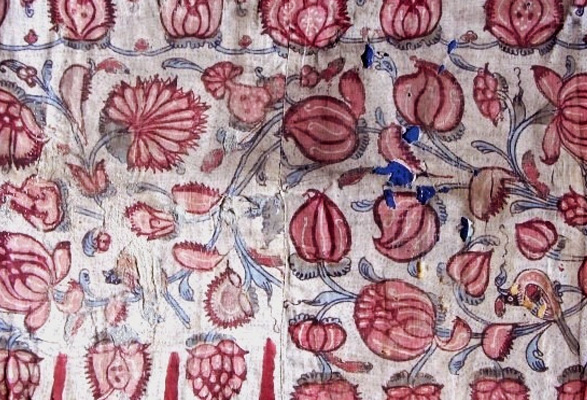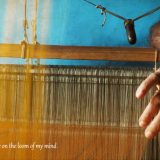Calico
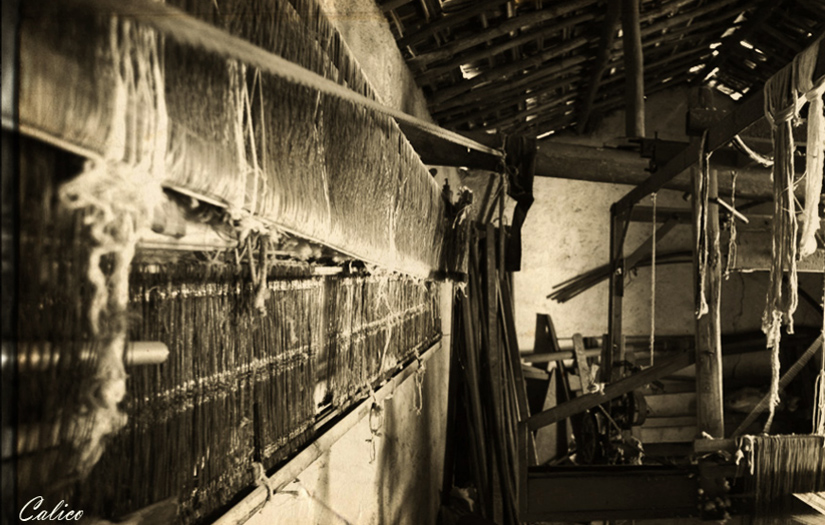
Indian fabrics were one of the earliest forms of woven textiles and over centuries they have touched many lives across the globe. Since ancient times, these uniquely crafted fabrics dominated global textile trade. The literature and artifacts curated in museums all over the world provide many evidences, proving that Indian fabrics are as ancient and as varied as its people. Among such places, Calico museum in Ahmedabad houses some of the very rare Indian fabrics. ‘Calico’, the name of museum itself intrigues the visitor. What is Calico and where does the word come from?
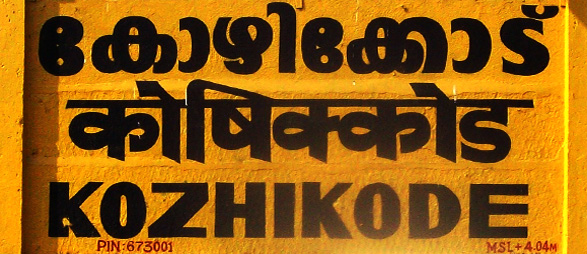
The word Calico means ‘typically plain white or unbleached’ fabric. The fabric got its name from the city Kozhikode in Kerala, termed as Calicut by Europeans who visited India for fabric trade during 11th century. The Calico cloth was ‘Kora’ cotton fabric made from the fine cotton sourced through hot and dry Tamil areas, the areas near Palakkad gap in Western Ghat and also from northern Malabar villages. One of the major exports of ancient times was Calico fabric.
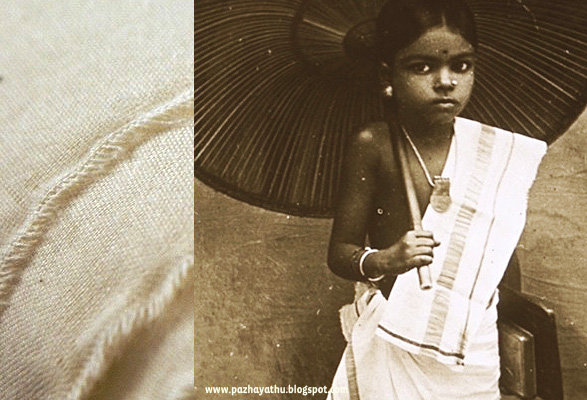
Another fabric that gained prominence in those times was Muslin. Named after the ancient town of Masulipatam, the fabric possessed a finer or sheerer finish, though the raw material used was identical to Calico cloth. Even the Greeks picked muslin fabric from the town of Masulipatam, often called as the town of Maisolos or Masalia by traders. Some historians have stated that the fabric to which Americans called Muslin was known as Calico in Europe.
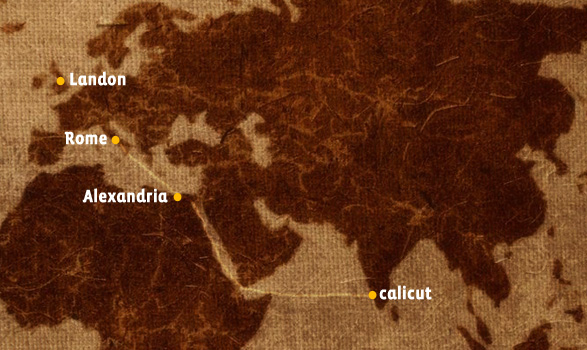
Interesting trade routes across the oceans were devised for fabric trade. Arab traders transported the fabric from Calicut to Red sea ports, from there the cloth was exported through established trade routes to Alexandria and then to farther Kingdoms in Europe and Mediterranean shores. The Greek Historian Herodotus once mentioned Indian cotton in 445 BC and later even Arrian of Nicomedia discussed Indian fabrics in 2nd century AD.

Until the establishment of fabric trade routes Europeans used wool, silk or leather as dress materials and cotton was not an extensively explored material. Eventually, plain cotton started being heavily imported by European ports. Absence of knowledge about colors and fabric printing also gave way to the European demand for printed fabrics. The climatic conditions in Europe didn’t allow the colors to mature as brightly as they did in India. The traditional weaver clan Chaliyans used to weave the plain fabric and printing on fabric was done in western and northern India. These printed fabrics became popular in Europe as Calico prints, also termed as ‘Chintz’. John Ovington came to India in 1689. He summarized his observations by saying:
“In some things the artists of India out-do all the ingenuity of Europe, viz., the painting of chintes or callicoes, which in Europe cannot be paralleled, either in their brightness and life of color or in their continuance upon the cloth”.
Several other travelers from Europe were fascinated by colors on Indian textiles. The merchants who visited Indian for spices began taking Chintz printed fabrics with them for themselves, soon they realized the great demand of these fabrics at homeland and Chintz fabrics became a commodity of interest across Europe. Frenchman Boullaye-Le-Gouz, who visited Indian in 17th century stated:
“Hitherto it is not known how the natives apply so successfully the colours to the ‘foyes’ and ‘toiles peintes’ in such a way that they lose nothing in the washing” and added “I showed some in France to several dyers, who were filled with admiration at them, assuring me that the dyes of India are pure and quite simple, whereas those of Europe are inferior”.

The fabric became quite popular with European women and citing the surging demand, East India Company laid its foundation in India. By 1631, heavy imports were being carried out from Calicut. Soon Manchester saw the emergence of large textile mills and the trade averted. Now the industrially manufactured fabric was being shipped to Indian ports and this gravely effected the handloom industry. In preceding years, Indian exports mainly constituted dyed, printed and painted Calico, which then diminished with industrialization in Manchester.
In 1880, Calico mill was established in Ahmedabad. It functioned under the stewardsip of Ambalal Sarabhai for 50 years and became the most modern mill of Indian cotton industry. The mill manufactured cotton fabrics and with time it also started producing synthetic fabrics. The mill production was stopped in 1998.
It is customary in history that passages of time are often known by a particular word and it is quite likely that as the word is forgotten, so does the legend behind that name. At times, when one comes across the word Calico, little does one know that it represents the craftsman’s triumph, civilization’s pride and the legendary fabric’s worth.

